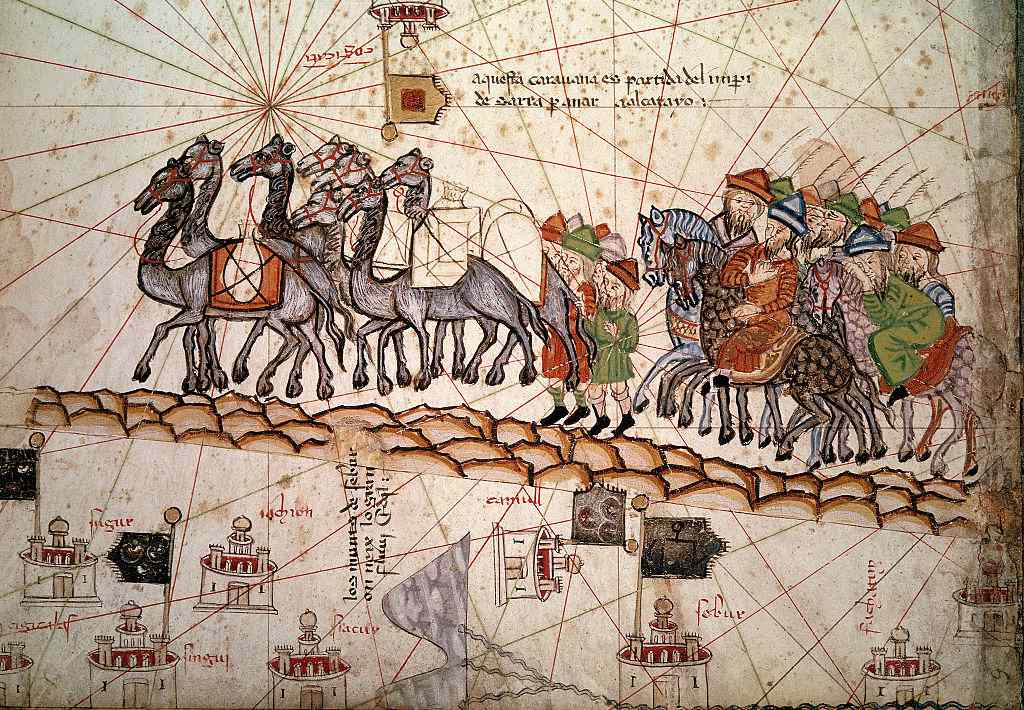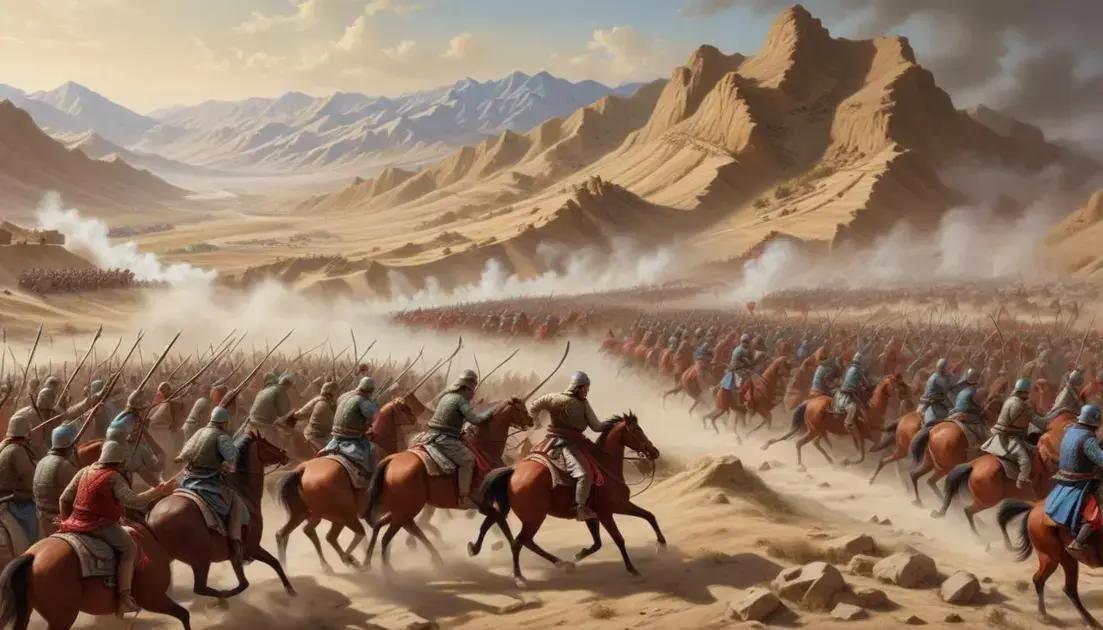
The Silk Road: Trade, Culture and the Connection of Civilizations
The Silk Road: Trade, Culture and the Connection of Civilizations
The Silk Road stands as one of history’s most remarkable achievements in international commerce and cultural exchange. This ancient network of trade routes, spanning over 4,000 miles from East Asia to the Mediterranean, fundamentally shaped the development of civilizations for over 1,400 years. As any timeless reporter examining world history would attest, the Silk Road was far more than a simple trading pathway—it was the world’s first global network, facilitating the exchange of goods, ideas, technologies, and beliefs that would forever alter the course of human civilization.
The significance of this ancient highway extends far beyond its role in commerce. While silk, spices, and precious metals flowed along its routes, so too did revolutionary ideas, religious beliefs, artistic styles, and technological innovations. The Silk Road connected the Roman Empire with Han Dynasty China, linked the Islamic world with Buddhist kingdoms, and brought together diverse cultures in unprecedented ways. Understanding the Silk Road history provides invaluable insights into how early globalization shaped our modern world, making it an essential subject for anyone seeking to comprehend the interconnected nature of human civilization.
The Origins and Development of the Silk Road Network
The Silk Road didn’t emerge overnight but evolved gradually through centuries of trade and diplomatic relationships. The network’s foundations were laid during the Han Dynasty (206 BCE – 220 CE) when Chinese Emperor Wu Di sent envoy Zhang Qian westward around 138 BCE to establish diplomatic relations with Central Asian kingdoms. This diplomatic mission inadvertently opened the door to extensive trade relationships that would define the region for millennia.
The term “Silk Road” itself was coined much later by German geographer Ferdinand von Richthofen in 1877, but the routes he described had been active for over a thousand years by that time. The network wasn’t a single road but rather a complex web of interconnected routes spanning land and sea. The primary overland route stretched from Chang’an (modern-day Xi’an) in China through Central Asia, Persia, and into the Mediterranean ports of the Byzantine Empire. Maritime routes complemented these land passages, connecting Chinese and Southeast Asian ports with those in the Indian Ocean, Persian Gulf, and Red Sea.
The development of the Silk Road was significantly influenced by the geography of the regions it traversed. The routes were carefully planned to take advantage of oases, mountain passes, and navigable rivers while avoiding the harshest deserts and most treacherous terrain. Major cities like Samarkand, Bukhara, Kashgar, and Constantinople emerged as crucial trading hubs, their prosperity directly tied to their strategic positions along these trade routes. These cities became melting pots of cultures, languages, and religions, embodying the cosmopolitan spirit that defined the Silk Road experience.
The political stability of the regions along the routes played a crucial role in the network’s success. During periods of strong, centralized rule—such as under the Tang Dynasty in China, the Abbasid Caliphate in the Islamic world, or the Pax Romana in the Mediterranean—trade flourished. Conversely, political fragmentation and warfare could severely disrupt commerce, highlighting the delicate balance required to maintain these long-distance trade relationships.
Economic Impact and Commercial Exchange on the Silk Road
The economic implications of the Silk Road history were profound and far-reaching, transforming local economies into interconnected global markets centuries before the modern era. The most famous commodity that gave the network its name—silk—was indeed a cornerstone of trade, with Chinese silk being highly prized throughout the ancient world. However, the diversity of goods traded was remarkable, including spices from India and Southeast Asia, precious stones from Central Asia, glassware from the Roman Empire, and paper and gunpowder from China.
The economic model of Silk Road commerce was based on a series of intermediary trades rather than direct long-distance transport. Merchants typically specialized in particular segments of the journey, buying goods in one region and selling them in another before returning home. This system allowed for the development of specialized knowledge about local markets, customs, and languages while spreading economic benefits across numerous communities. A piece of silk might change hands a dozen times between its origin in China and its final destination in Rome, with each transaction adding value and supporting local economies.
The Silk Road also facilitated the development of sophisticated financial instruments and trading practices. Letters of credit, banking systems, and standardized weights and measures evolved to support long-distance commerce. The need for currency exchange led to the development of money-changing businesses and the establishment of exchange rates between different monetary systems. These financial innovations laid the groundwork for many modern banking and trading practices, demonstrating the advanced economic thinking of ancient merchants and rulers.
The impact on individual communities along the routes was transformative. Cities that had been small settlements grew into major urban centers, complete with markets, warehouses, caravanserais (roadside inns), and manufacturing facilities. The wealth generated by Silk Road trade funded the construction of magnificent architecture, supported thriving arts and crafts industries, and enabled the development of sophisticated urban planning. The economic prosperity also supported large populations of merchants, artisans, translators, and other specialists who made long-distance commerce possible.
Cultural Exchange and the Spread of Ideas Along Ancient Trade Routes
The cultural impact of the Silk Road extends far beyond its economic significance, representing one of history’s greatest examples of peaceful cultural exchange and mutual enrichment. As merchants, diplomats, pilgrims, and scholars traveled these routes, they carried with them not just goods but ideas, artistic styles, religious beliefs, and technological innovations that would profoundly influence the societies they encountered.
Religious exchange was particularly significant along the Silk Road. Buddhism spread from India to China largely through these trade routes, with Buddhist monks and merchants establishing monasteries and temples at regular intervals along the journey. These religious centers served dual purposes: they provided spiritual guidance and also offered practical services to travelers, including lodging, medical care, and protection. The artistic influence of this religious exchange is still visible today in the cave paintings and sculptures at sites like Dunhuang and Bamiyan, which blend Indian, Chinese, Persian, and Greek artistic traditions.
The Silk Road also facilitated the exchange of technological innovations that revolutionized societies across Eurasia. Papermaking technology spread from China throughout the Islamic world and eventually to Europe, dramatically improving record-keeping, education, and communication. The compass, gunpowder, and printing technology followed similar paths. In return, mathematical concepts like the decimal system and algebraic principles traveled from India and the Islamic world to China and Europe, advancing scientific and mathematical knowledge across continents.
Artistic and cultural fusion was perhaps most visible in the decorative arts and architectural styles that emerged along the Silk Road. Chinese silk designs incorporated Persian and Central Asian motifs, while Islamic art adopted Chinese techniques and imagery. Architecture along the routes shows remarkable synthesis, with buildings incorporating elements from multiple traditions. The famous “Silk Road style” visible in textiles, metalwork, and ceramics represents a unique artistic language that transcended political and cultural boundaries.
Language and literature were also profoundly influenced by Silk Road interactions. Persian became a lingua franca for much of the route, facilitating communication between diverse linguistic groups. Stories and legends traveled along with merchants, with tales like those found in “The Arabian Nights” incorporating elements from multiple cultures. The development of translation practices and multilingual scholarship was essential to the functioning of this international network.
Key Civilizations and Their Contributions to Silk Road History
The success of the Silk Road depended on the participation and contributions of numerous civilizations, each bringing unique strengths and perspectives to this ancient global network. Understanding the role of these key civilizations provides insight into how diverse societies could collaborate effectively across vast distances and cultural differences, making the Silk Road history a timeless example of international cooperation.
The Chinese civilization, particularly during the Han and Tang dynasties, provided crucial infrastructure and organizational capacity for the eastern sections of the network. Chinese innovations in transportation, including the development of sophisticated road systems and way stations, made long-distance travel more feasible and safer. The Chinese government also established diplomatic protocols and trade agreements that provided legal frameworks for international commerce. Chinese craftsmen perfected the production of silk, porcelain, and other luxury goods that were highly sought after throughout the ancient world.
The Persian Empire, in its various incarnations from the Achaemenids to the Sassanids and later Islamic dynasties, controlled crucial central sections of the Silk Road and contributed significantly to its development. Persian merchants were renowned for their trading expertise and cultural adaptability, often serving as intermediaries between Eastern and Western civilizations. The Persian language became the diplomatic and commercial language for much of the network, while Persian architectural and artistic styles influenced construction and decoration throughout the region.
The Islamic civilization made profound contributions to Silk Road commerce and culture, particularly after the 7th century CE. Islamic merchants established extensive trading networks that connected Africa, Europe, Asia, and Southeast Asia. The Islamic emphasis on education and scholarship led to the establishment of libraries, schools, and research centers in major Silk Road cities. Islamic legal principles provided frameworks for international trade, while Islamic astronomical and mathematical knowledge enhanced navigation and commerce.
The Byzantine Empire served as a crucial western terminus for the Silk Road, connecting the network to European markets. Constantinople’s strategic position at the crossroads of Europe


